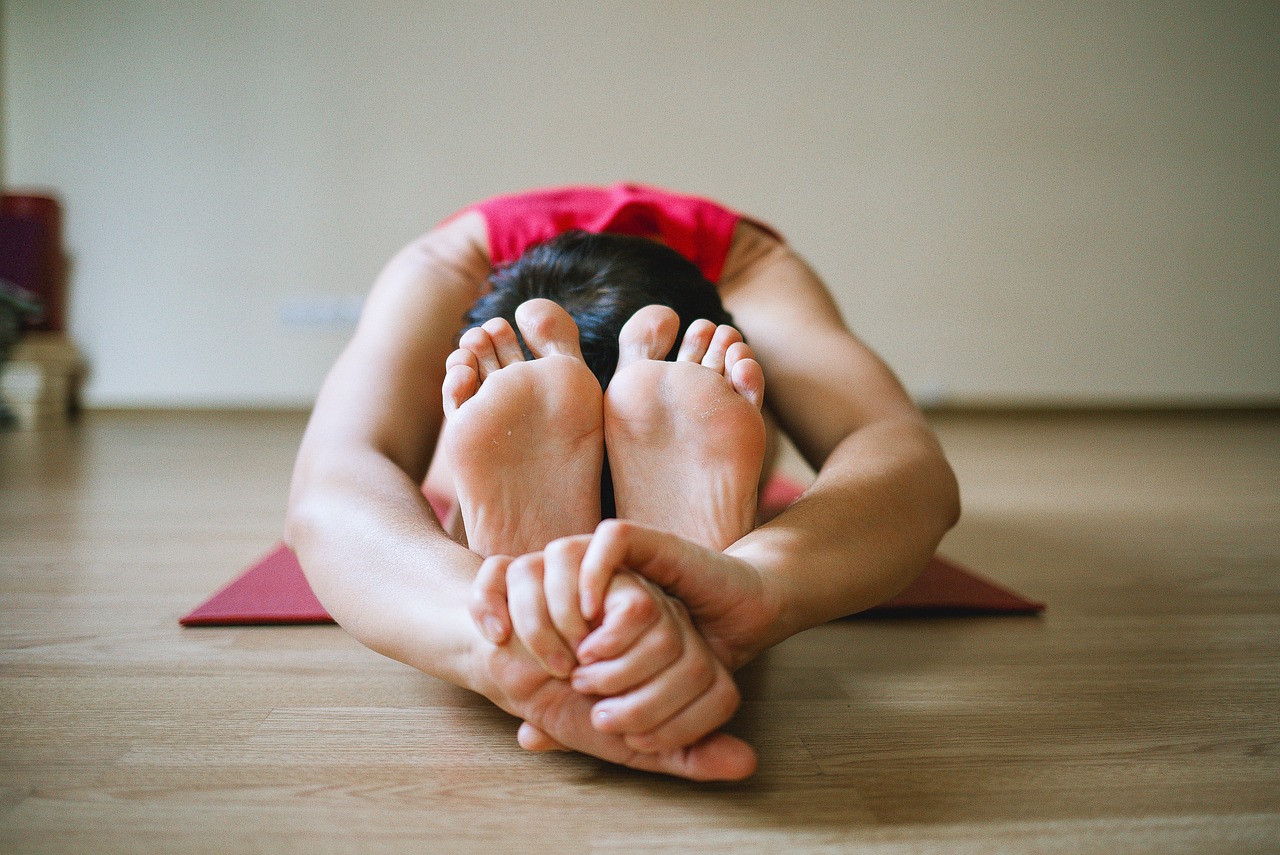Yoga - Part 1
Mindful Movement Practices - Part 1
Welcome to Part 1 of our series on mindful movement practices. In this article, we will explore the importance of incorporating mindfulness into your physical activities and how it can benefit your overall well-being.
What is Mindful Movement?
Mindful movement involves paying attention to your body and breath as you engage in physical activities. It is about being fully present in the moment and connecting with your body's sensations, movements, and surroundings.
Benefits of Mindful Movement:
- Reduces stress and anxiety
- Improves focus and concentration
- Enhances body awareness
- Promotes relaxation and overall well-being
Examples of Mindful Movement Practices:
1. Yoga: A practice that combines physical postures, breathing exercises, and meditation to promote mindfulness and relaxation.
2. Tai Chi: An ancient Chinese martial art that focuses on slow, deliberate movements coordinated with breath to cultivate inner peace and balance.
3. Pilates: A low-impact exercise method that emphasizes core strength, flexibility, and body awareness through controlled movements.
How to Incorporate Mindful Movement into Your Daily Routine:
- Start with a short mindfulness meditation to center yourself before engaging in any physical activity.
- Focus on your breath and body sensations as you move, whether it's during a workout, a walk in nature, or simple stretching exercises.
- Avoid distractions and try to stay fully present in the moment, noticing how your body responds to different movements.
- End your practice with a moment of gratitude for your body and the opportunity to move mindfully.
By incorporating mindful movement practices into your daily routine, you can not only improve your physical health but also cultivate a deeper connection between your body and mind.

Stay tuned for Part 2 of our series, where we will delve deeper into specific mindful movement techniques and how you can integrate them into your lifestyle.
